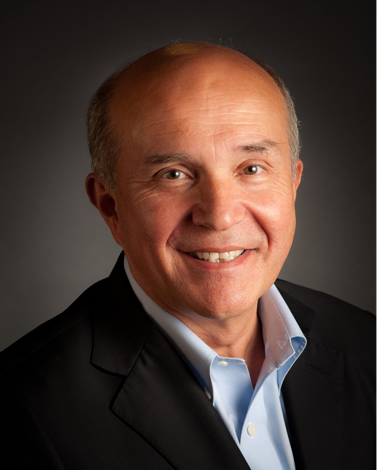
The David Trimm and Noel Cant lectureship is a prestigious lecture series organised and sponsored by the Catalysis Society of Australia, in honour of the late Professor David Trimm and Professor Noel Cant, the two legendary catalysis experts who brought research in heterogeneous catalysis and catalytic processes in Australia to international recognition.
Lecture Dates
- Monday 19th June, 4pm - Newcastle, University of Newcastle, NIER, NIER A block Conference Room.
- Tuesday 20th June, 4pm - Sydney, UNSW, Room M10, Chemical Sciences Building - F10 (Kensington Campus)
- Wednesday 21st June, 2-3pm - Brisbane, University of Queensland, AIBN seminar room
- Thursday 22nd June, 3-4pm - Melbourne, Monash University, Room E7, Building 72, Clayton campus
- Friday 23rd June, 10-11am - Perth, Curtin University, Building 405, room 205
Presentation Abstract
Lessons from enzymes - On the role of steric constraints and chemical environments for catalysis
Johannes A. Lercher
Department of Chemistry Technische Universität München, Garching, Germany
Institute for Integrated Catalysis, Pacific Northwest National Laboratory, Richland, WA
Elementary organic transformations are catalyzed by enzymes at large unmatched rate and selectivity. The local constraints at active sites of enzymes and the local chemical environment are two key properties to achieve such extraordinary catalytic vectors. We use the sites in crystalline nanoporous materials to mimic suchwell-defined reaction space. Molecules experience constraintsthat can be subtly adjusted via direct synthesis, as well as via the addition of cations, oxidic clusters or organic fragments.
The role of water and other solvents in such environments changes drastically the reaction pathways compared with the catalytic pathways in a homogeneous environment of chemistry in solution. The lecture will compare reactions such as elimination reactions of alcohols, alkylation of aromatic molecules and the role of acid sites for hydrogenation and hydrogenolysis.
Experimental methods to define the state of the reacting molecules combined with detailed kinetic analysis and theory will be used to explain the principal contributions of the interactions and the confinement to determine reaction rates. It will be discussed how reaction rates and pathways can be tailored using the space available for a transition state and the chemical constituents around the active site.
About Johannes A. Lercher
Department of Chemistry, Technische Universität München
Institute for Integrated Catalysis, Pacific Northwest National Laboratory
Johannes A. Lercher, studied Chemistry at TU Wien, receiving his PhD in 1981 at the same institution. After a year at Yale University, he joined TU Wien as Lecturer, later Associate Professor. 1993 he was appointed Professor in the Department of Chemical Technology at the University Twente, the Netherlands and in 1998 in the Department of Chemistry of TU München, Germany.
Since 2011 he is also Director of the Institute for Integrated Catalysis at the Pacific Northwest National Laboratory, USA. Being member of the Austrian Academy of Sciences, Member of the Academia Europaea, the European Academy of Sciences, and the US National Academy of Engineering, he is currently President of the European Federation of Catalysis Societies and Editor-in-Chief of the Journal of Catalysis. Recent awards include the ENI Award (hydrocarbons), the David Trimm and Noel Cant Lectureship of the Australian Catalysis Society, the R.B. Anderson Award of the Canadian Catalysis Society, the Francois Gault Lectureship Award of the European Federation of Catalysis Societies, and the Robert Burwell Lectureship in Catalysis of the North American Catalysis Society.
Research interests are related to catalysis in nanostructured catalysts, focusing on understanding the influence of the steric and chemical environment to tailor catalytic sites.